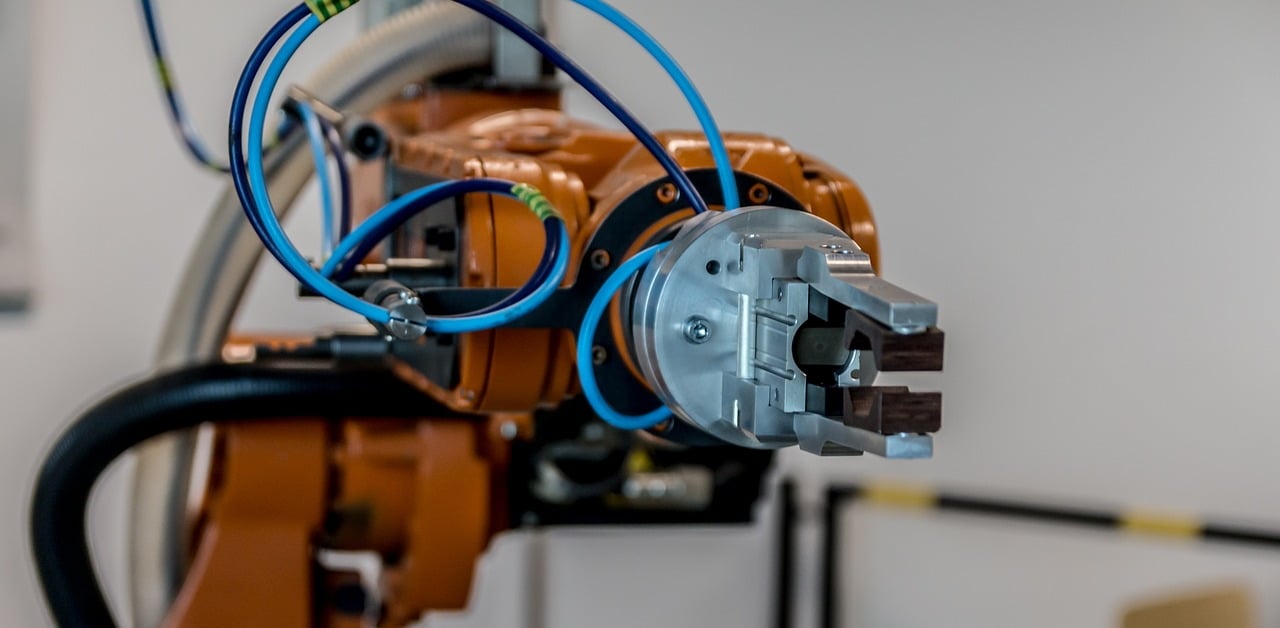
Warehouse management systems are becoming more innovative by the month. Automation improves productivity and accuracy in ways that weren’t possible only a year ago. Orders can be grouped intelligently enough to reduce travel time, and that pace can be further enhanced by high-speed sorting, automatic storage and retrieval systems.
MOVE logic manages automated transportation between stations and docks, but yesterday’s batch picking systems simply didn’t meet the daily order trends of online retailers, so order streaming logic has become more popular. Five new automation options help e-commerce businesses manage small, unique orders as well as they do their high-demand stock. Let’s take a look.
1) Order Streaming And Personalisation
Order streaming can deal with small, mixed product orders using new approaches to fulfilment. It's made warehouses personalised and nimble enough to handle diverse inventories so that small online stores and massive franchises alike can keep only the stock they actively need. No supplier needs to let inferior logistics limit their choices anymore. This, however, isn’t the only choice available to you.
2) Replace Operatives Vs Assist Operatives
It’s tempting to replace workers with machines in today’s logistics sector given that Kiva robots can process four times as many orders as people can. Today’s warehouses certainly need fewer operatives, but in warehouses that require more than mere labour intensiveness, skill has its value. Warehouse management systems remove the need to enter data manually, but operatives tend to pick faster when supported by a WMS and robotic systems rather than replaced by them. Task identification speeds up workers, creating a perfect match between wo/man and machine.
3) Fixed Vs Free Path
Path planning for batch picking can become too complex for fixed paths, so algorithms are often used to support free pathways. To remain collision-free, path planning can become too complex to optimise manually, so today’s path algorithms can be simulated to assess which option works best for every warehouse configuration.
4) Storage Systems
When Kiva robots are responsible for material handling, your storage management system must be optimised. Automated storage and retrieval systems can be arranged into vertical lift modules, carousels, or mid and mini load systems. All of these can be stand-alone units or integrated pods. The better your space utilisation is, the higher your accuracy and productivity will be.
5) Goods To Man Vs Zonal Operation
Automated goods-to-person DC operation can improve picking speeds to assembly line levels, particularly where automated storage systems are in place. This lets order selectors do their jobs without physically moving through the warehouse. In contrast, zone picking systems keep pick items in set areas, bins, and aisles, assigning individual pickers to their own spaces. This can solve some of the problems caused by free path solutions and enhance your storage systems.
Find Out More
An automated warehouse has many moving parts, none of which can operate unless all other parts are chosen wisely. Warehouse management systems are complex to implement and personalise to your business goals, but you needn’t aim for the perfect solution on the first attempt. Minimal viable strategies or simulations can help you test and adjust until you reach a perfect set of solutions. Find out more by downloading our Transport Planning and Optimisation Guide.
Image source: Pixabay



